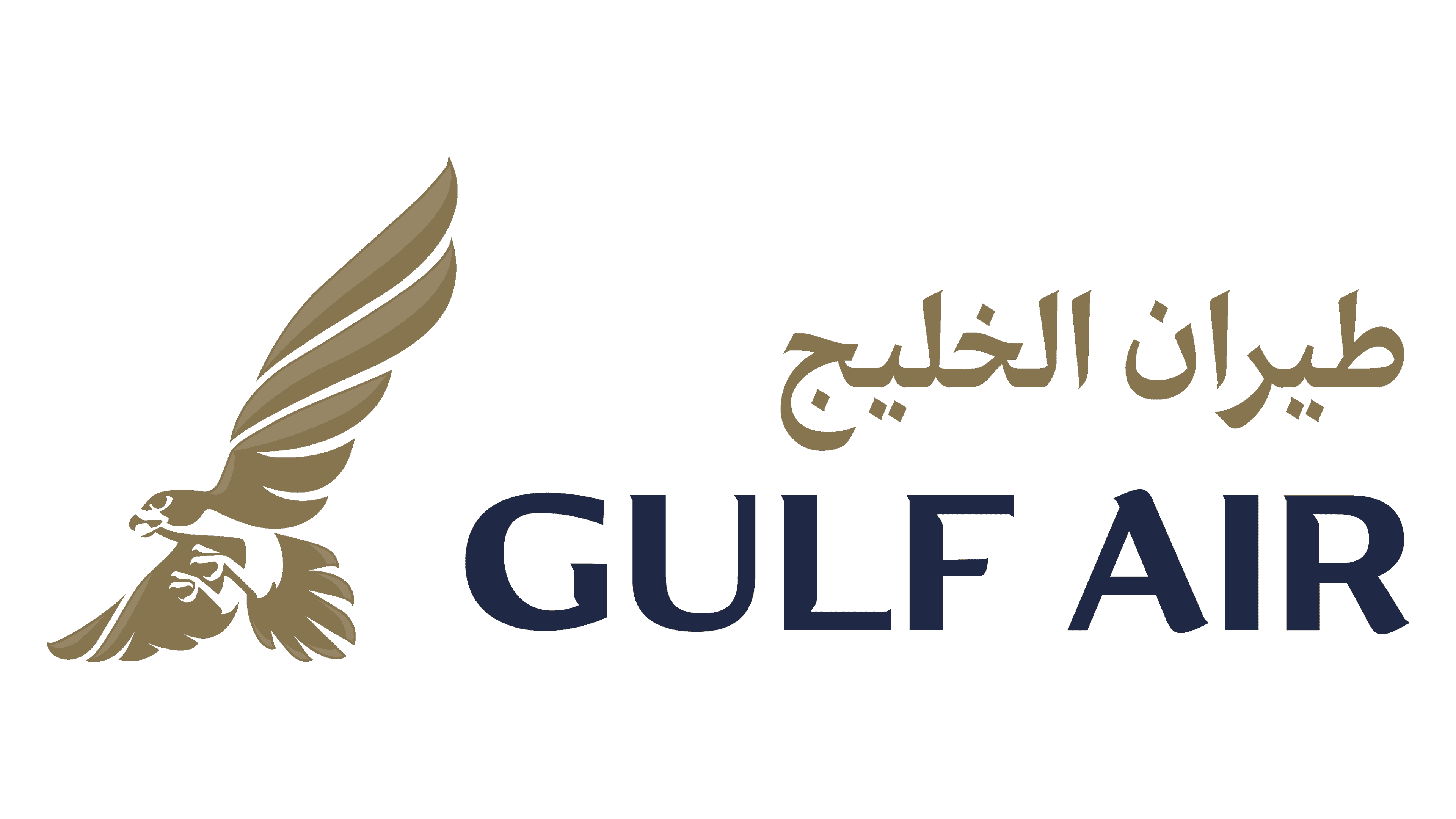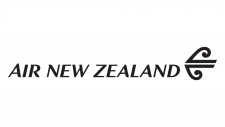Gulf Air Logo
Gulf Air stands as the flag carrier airline of Bahrain. The government of Bahrain established it. Its birthplace is the tiny island nation of Bahrain itself. Initially, it aimed to connect the small kingdom with the wider world. This airline serves as a bridge, bringing diverse cultures closer. It embodies the spirit of Arabian hospitality, offering flights across continents. Gulf Air prides itself on being one of the first commercial airlines in the Middle East.
Meaning and history
Gulf Air began as a small-scale commuter service in 1950, under the initial name Gulf Aviation. It was founded by a British pilot, Freddie Bosworth, as an air taxi service to Doha and Dhahran from Bahrain. The company evolved into a larger airline with the help of BOAC in the 1950s. Over the decades, Gulf Air expanded, establishing itself as a major international carrier. Ownership shifted solely to Bahrain in 2007. The airline’s growth mirrored the region’s oil boom, reflecting economic surges. Gulf Air operates a modern fleet, embodying Arabian hospitality and connecting East and West.
What is Gulf Air?
Gulf Air is Bahrain’s premier airline, renowned for connecting the Middle East to the world. It emphasizes Arabian hospitality, offering a gateway to discovering new cultures. The airline prides itself on a rich heritage and a commitment to excellence.
1950 – 1970
The logo presents a bold statement with stark, white capital letters spelling “GULF AVIATION” on a crimson background. The typography is sturdy and unadorned, exuding a sense of strength and reliability. Each letter’s interior space suggests openness, hinting at the skies and expanses traversed by aircraft. The rectangular backdrop’s deep red hue conveys passion and energy, attributes resonant with the pioneering spirit of aviation. This design balances simplicity and impact, creating a memorable visual identity.
1970 – 1973
The refreshed logo swaps the crimson for a deep, verdant green, instilling a sense of growth and prosperity. “GULF AVIATION” still stands prominently, now set against a lighter, more environmental hue. This color shift symbolizes a connection to earth alongside the skies. The letters maintain their robust form but seem revitalized, echoing the brand’s enduring presence and adaptive nature. The transformation from red to green marks a new chapter in the brand’s narrative, mirroring the evolving identity of the airline it represents.
1973 – 1978
The logo now boasts a top script in maroon, flowing elegantly, a nod to Arabic calligraphy. Beneath, “GULF AIR” appears in bi-colored block letters, split horizontally by color: verdant green above a vibrant red. This design introduces a layered complexity, reflecting cultural depth. The green speaks to ambition, while the red at the bottom grounds the logo with vitality. The fusion of traditional and modern elements signals the airline’s respect for heritage and forward motion.
1978 – 1983
Transitioning from vivid colors, the logo adopts a gold and bronze palette, signaling luxury and heritage. The Arabic script above “GULF AIR” is more stylized, its curves suggesting elegance and fluidity. The English letters below are embossed, casting subtle shadows that give a three-dimensional effect. This design choice conveys depth and solidity, reflecting the airline’s established presence and its aspirations towards a premium experience. The use of metallic tones creates an association with the golden age of travel, a prestigious era of aviation.
1983 – 2001
The evolution here introduces an imposing golden eagle, soaring above the brand name. Its wings are spread wide, symbolizing freedom and the power of flight. The Arabic and Latin scripts beneath are now unified in a gold tone, reflecting a blend of tradition and luxury. The text is sleeker, more contemporary, resonating with modern aesthetics. This emblem represents ambition and the airline’s aspiration to soar to new heights. The eagle, a majestic bird of prey, is an emblem of the skies, aligning perfectly with the airline’s domain.
2001 – 2010
The logo has been streamlined to a two-tone color scheme, emphasizing navy blue and a coffee brown. The eagle, once golden, now dons a silhouette with detailed feathering, poised as if mid-descent. This portrays dynamism and precision. The Arabic script and “GULF AIR” maintain a consistent navy blue, fostering a sense of unity and professionalism. The font’s serenity contrasts with the eagle’s vigor, suggesting a balance between graceful service and the power of flight. The simplified color palette signifies modernity and efficiency, aligning with contemporary branding trends.
2010 – 2018
This iteration showcases the eagle in a gentle, beige tone, presenting a more approachable feel. Designers subtly refine the Arabic script and transition “Gulf Air” into a bold, navy blue sans-serif font, projecting modernity and professionalism. The dynamic posture of the eagle, coupled with the warmer color, exudes a welcoming energy. This logo blend honors tradition while embracing a modern service spirit, targeting broad appeal. A restrained color palette emphasizes clarity and recognizability, key to the airline’s branding strategy.
2018 – Today
The logo maintains its color scheme but refines its elements for an elegant look. The eagle is now stylized, its form suggesting motion and agility. The bird is no longer in full profile, focusing instead on the wings and head, inferring speed and focus. The Arabic script is more pronounced, and “GULF AIR” adopts a bolder, more substantial font. This design speaks of heritage and contemporaneity, with a nod to streamlined efficiency. The logo conveys a renewed commitment to service and the spirit of aviation.



















